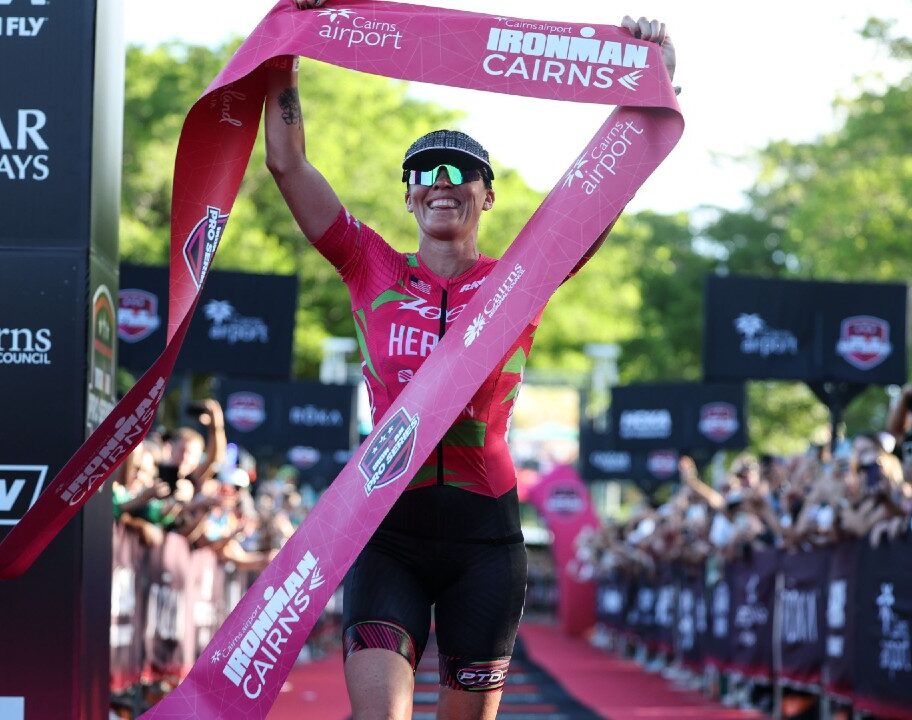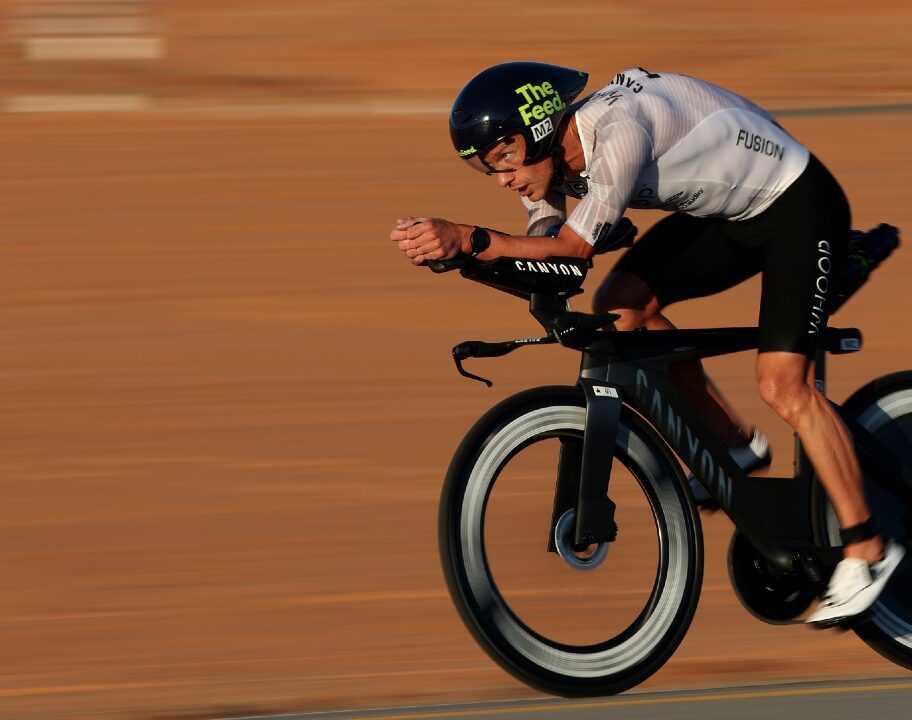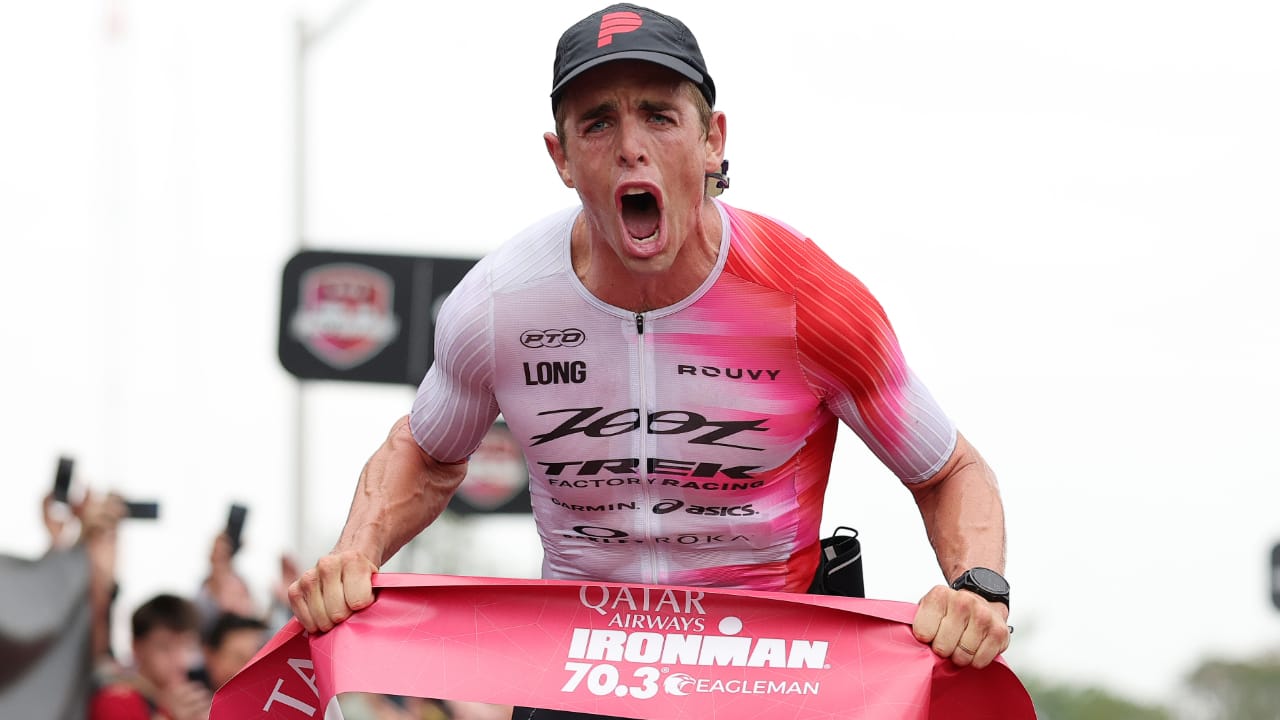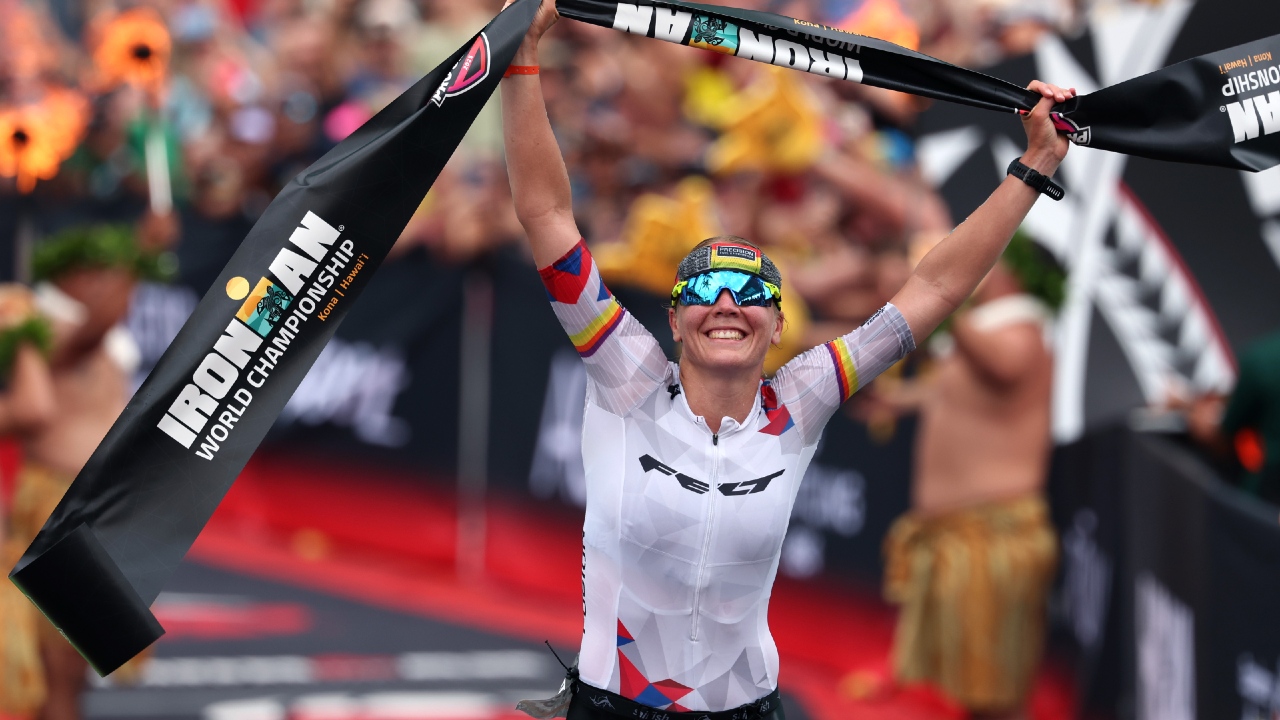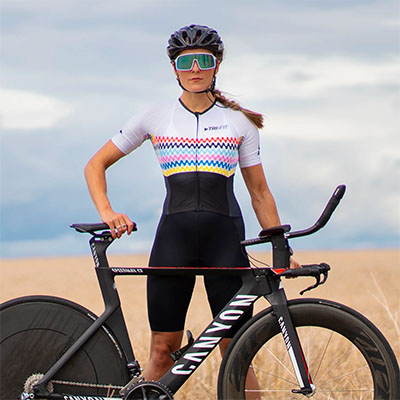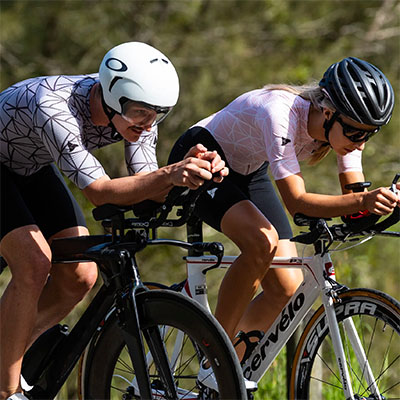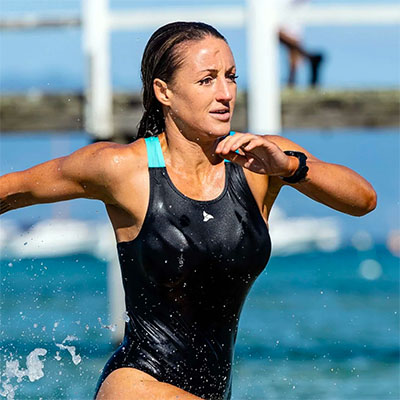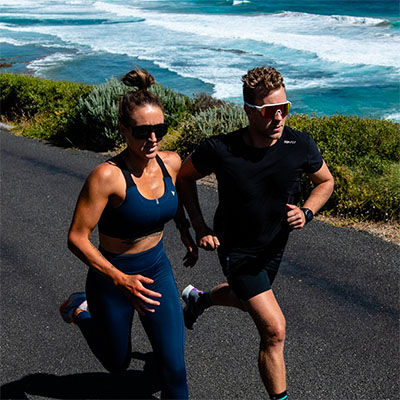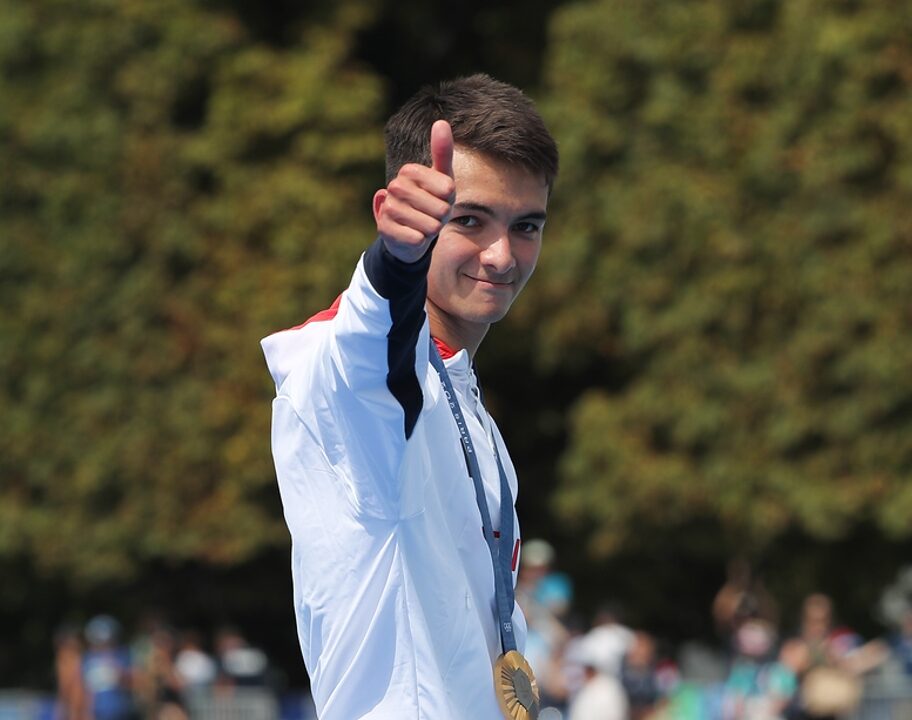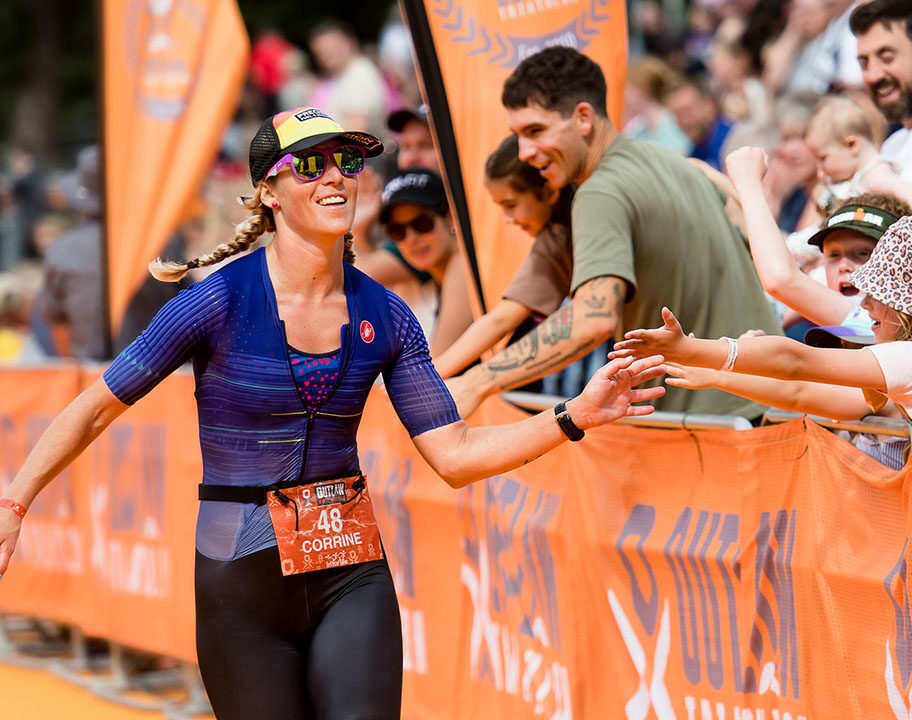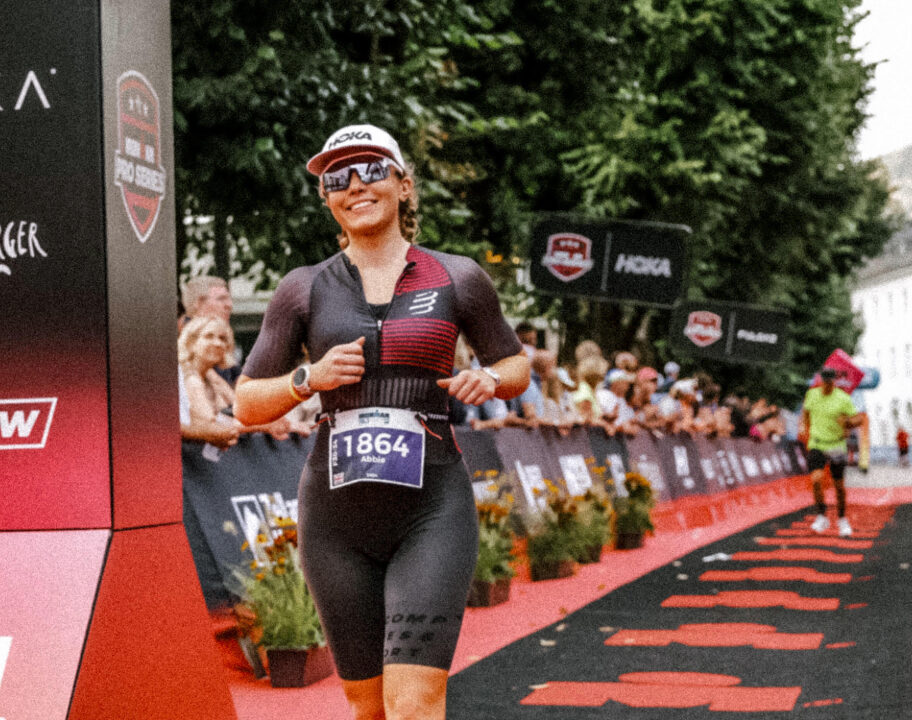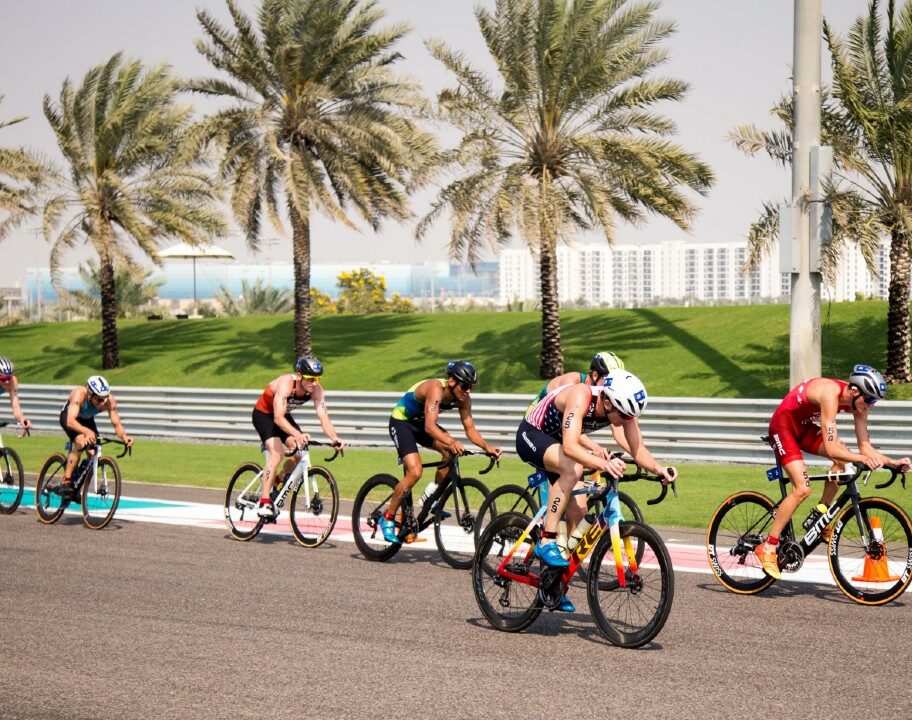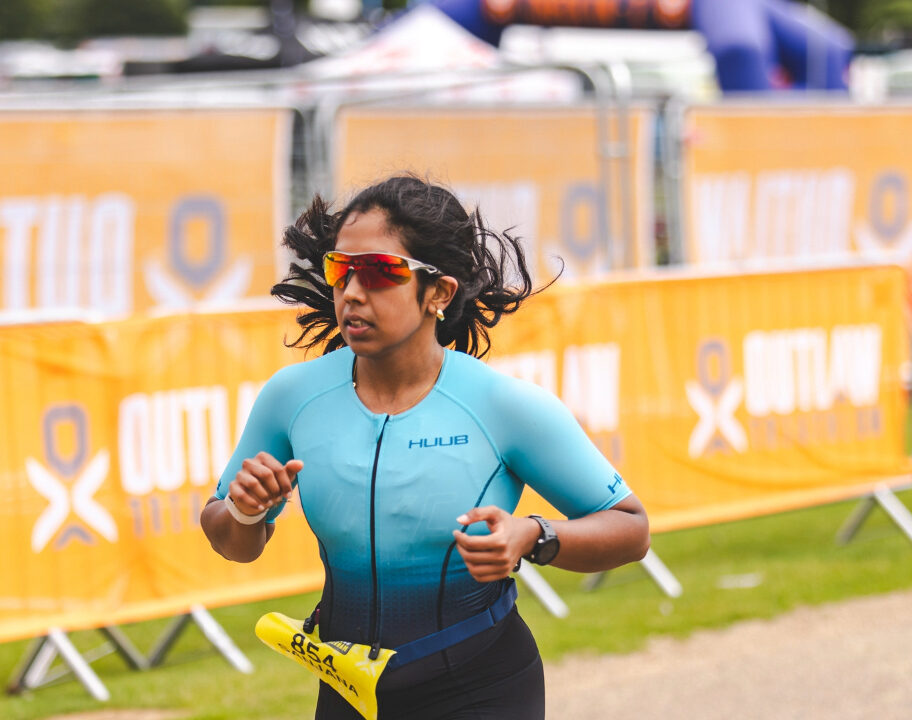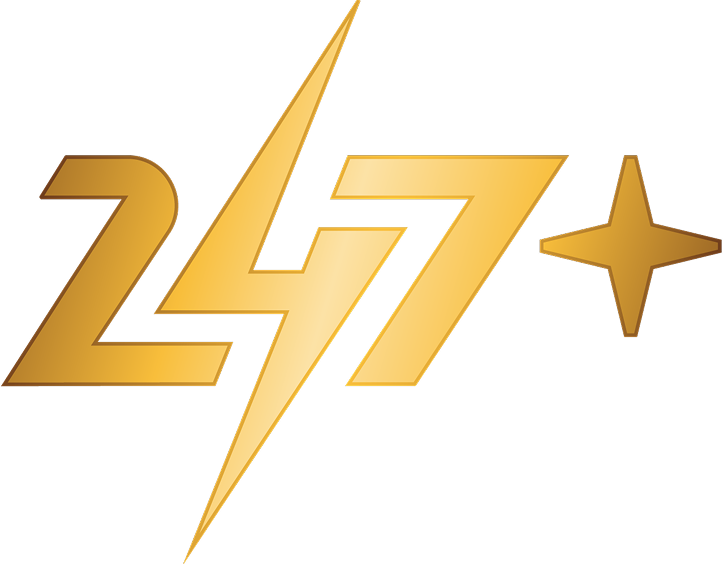Neuff Red (www.neuff-red.co.uk) has pulled together a team of pro-triathletes, top coaches, sports scientists, physios and others to create resources to support all athletes achieve their own best potential.
In this feature, Physio Helen Jewell (www.ivybridgephysiofix.co.uk) starts with the ‘Calf Heart Attack’. Helen will be providing a series of content over the coming months, covering the main triathlon and endurance injuries, and various treatment approaches such as taping, stretching, rollers and winter training.
Calf Heart Attack
Have you ever had a sharp pain in your calf which completely stops you in your stride? It feels like a you have torn your calf with a knitting needle going through it, and when you walk it eases, but if you try to run again it comes back with a vengeance.
Perhaps you have tried treating it like a normal calf strain, with physio or roller treatment and stretching, but all to no avail. If you rest it for a few days (maybe just going easy on the bike), it feels absolutely fine, so you try a short run and … ‘ping!’… it goes again straight away. You simply can’t run on it and nothing makes it better.
You may have what we call a ‘calf heart attack’. Read on to find out more from Neuff Red team physio, Helen Jewell.
Anatomy of the Calf
The calf is a combination of the two larger muscles in the back of the lower leg which are the gastrocnemius, which is more superficial, and the soleus which is deeper. Both muscles attach into the calcaneus (heel) via the Achilles tendon.
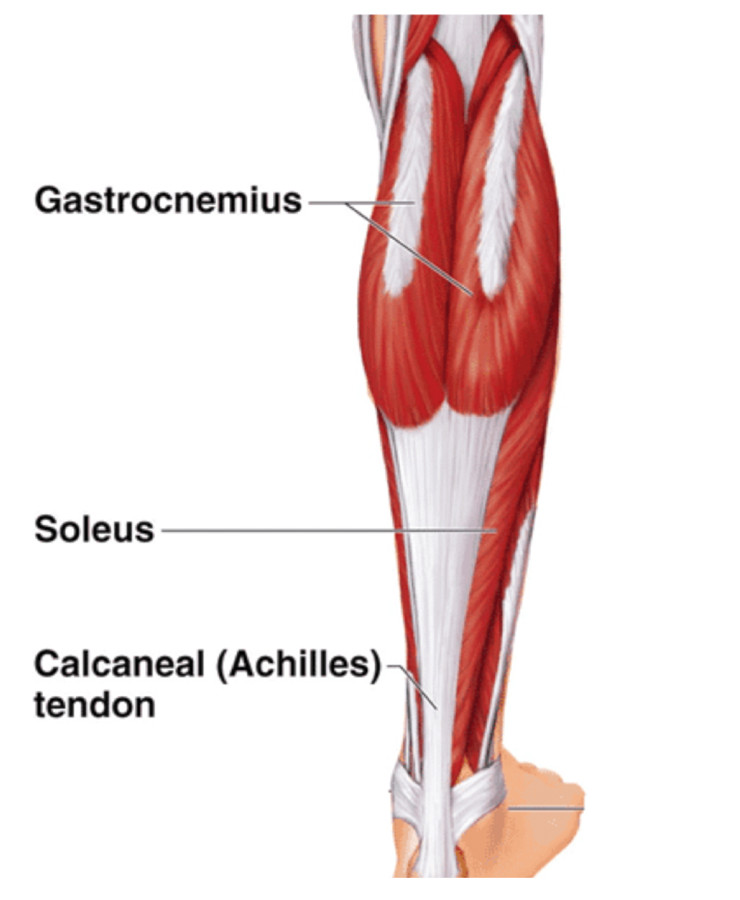
The gastrocnemius originates from the lower end of the femur, therefore crossing the back of the knee and assisting in knee flexion.
The soleus muscle extends down from the tibia and fibula to then join into the achilles tendon and both muscles act to plantarflex the ankle (point the toes).
The role of these muscles whilst running is to act like a spring and provide propulsion when you toe off and aid in shock absorption during landing.
What is a ‘calf heart attack’?
The cause of this injury is said to be due to the outer sheath surrounding the calf not being flexible enough to handle the increased blood flow to the area during exercise. Due to the constriction this causes it can lead to micro-tears (or larger) to occur within the calf muscle. Eventually, when the torn fibres heal, scar tissue remains (which is less flexible than the original muscle tissue) and leaves the calf prone to being reinjured.
The micro-tears cause a disruption in the calf complex and its spring-like mechanism and ultimately leads to a deep routed pain and inflammation causing you to pull up and stop running.
Who does it affect and why?
Calf heart attacks affect a wide range of runners but seem particularly common in middle aged men. Some factors that may contribute to causing a calf heart attack include overall stiffness and mechanical faults in running form.
Common gait problems include:
- Excessive toe out – tightness in the calf limits ankle dorsiflexion, which can lead to a lateral toe out pattern during toe off, resulting in the calf to be loaded unevenly.
- Excessive anterior (forward) tilt of the pelvis – tight hip flexors can cause an anterior tilt of the pelvis leading to ineffective glute activation, therefore more work is left for the calf to do.
- Over-reaching stride pattern – this results in longer time being spent on the ground, therefore more loading on the calf, limiting its ability to act as a responsive spring.
How to rehabilitate
Unfortunately, rehabilitation from a calf heart attack can take 4-6 weeks. Neuff Red founder Matt’s calf took five weeks to get to running for an hour and longer to regain full strength. The way to heal is to completely strip back training and reset, which can feel like a difficult step for a committed athlete, but without it the injury will simply keep repeating. We obviously can’t give guarantees, but our experience suggests that once you have taken the steps below it doesn’t reoccur.
Step 1:
Rest and do not try running until you are pain free doing daily activities and non-impact exercise for at least a week. Walking, cycling or swimming can be used as alternative exercise to increase blood flow to the area which will help speed healing, but only perform these exercises if they are pain free.
Step 2:
See a professional for a massage or alternatively self-massage or roll the area to help ease spasms and decrease localised inflammation. Aim to do this 2-3 times a day for 5 minutes each time. Due to the nature of the injury being deep, rolling or massage will be uncomfortable but should be bearable. Compression stockings may also be helpful (such as CompresSport calf guards), or try physio tape such as KT Tape, whereas ice is sometimes less effective for this injury.
Step 3:
Start by running 25% of the distance of one of your normal shorter runs, maintaining a relaxed pace (for example, if a shorter run would usually be 8 miles your first run would be 2 miles). If you get through this ok with no pain repeat the same workout a total of 3 times (on separate days) before progressing to 50%. Continue to follow this format of progression building up to 75% and then 100%. If you get pain that worsens, or you feel a tightening or numb feeling stop immediately and drop back to the previous phase.
If you do not complete the initial run you could drop it back further and begin with a walk-run approach, for example, walk 1 mile then jog a few hundred yards and repeat this for 3-4 miles or until the calf begins to get sore or numb and then stop immediately.
The aim is to try and get as much circulation to the area as possible without re-injuring it. Try to stay on flat ground during this initial phase, avoiding elevation or even better run on a track.
Step 4:
Progress back to your normal weekly training mileage by increasing your mileage by no more than 10% a week. It is safe to resume running on variable surfaces during this phase.
Step 5:
Introduce higher intensity runs such as tempos, fartleks, hill repeats etc.
Step 6:
Prevent re-injury by stretching the calf and ensure you maintain good mobility of the foot and ankle. Continue to use the roller and see a professional for massage as maintenance to prevent excessive tightening of the calf.
See the range of physio and fitness equipment at Neuff Red, including kinesiology tape, massage rollers, supports, as well as equipment for core conditioning and plyometrics HERE.

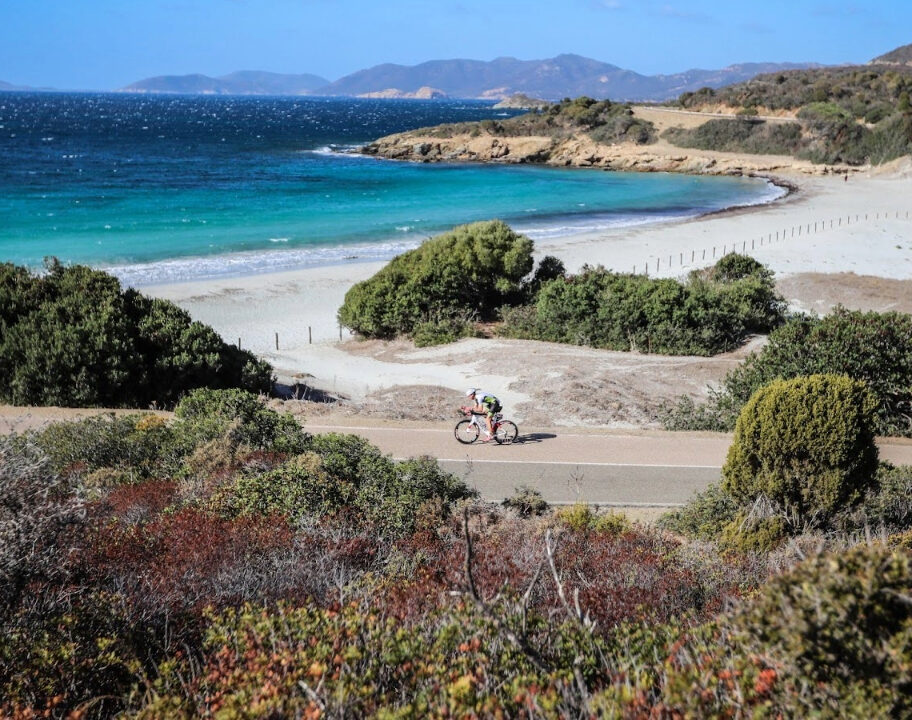
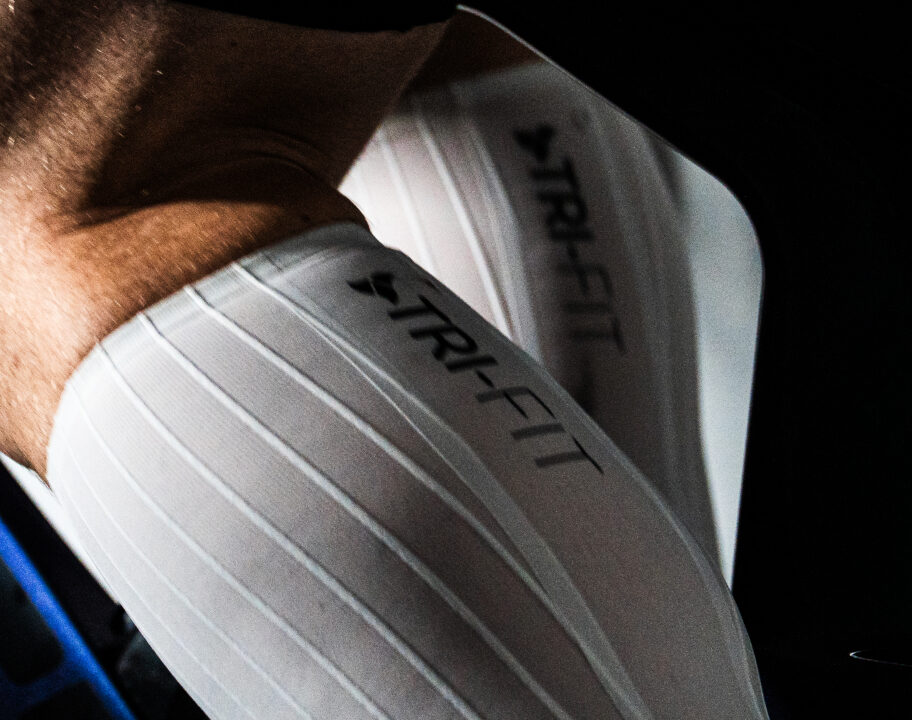
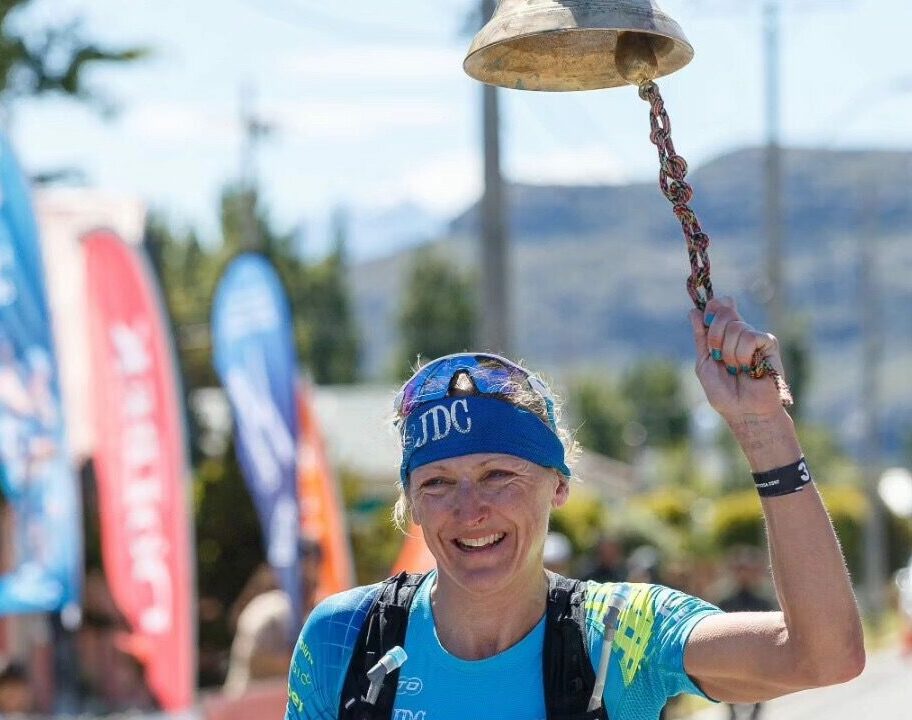
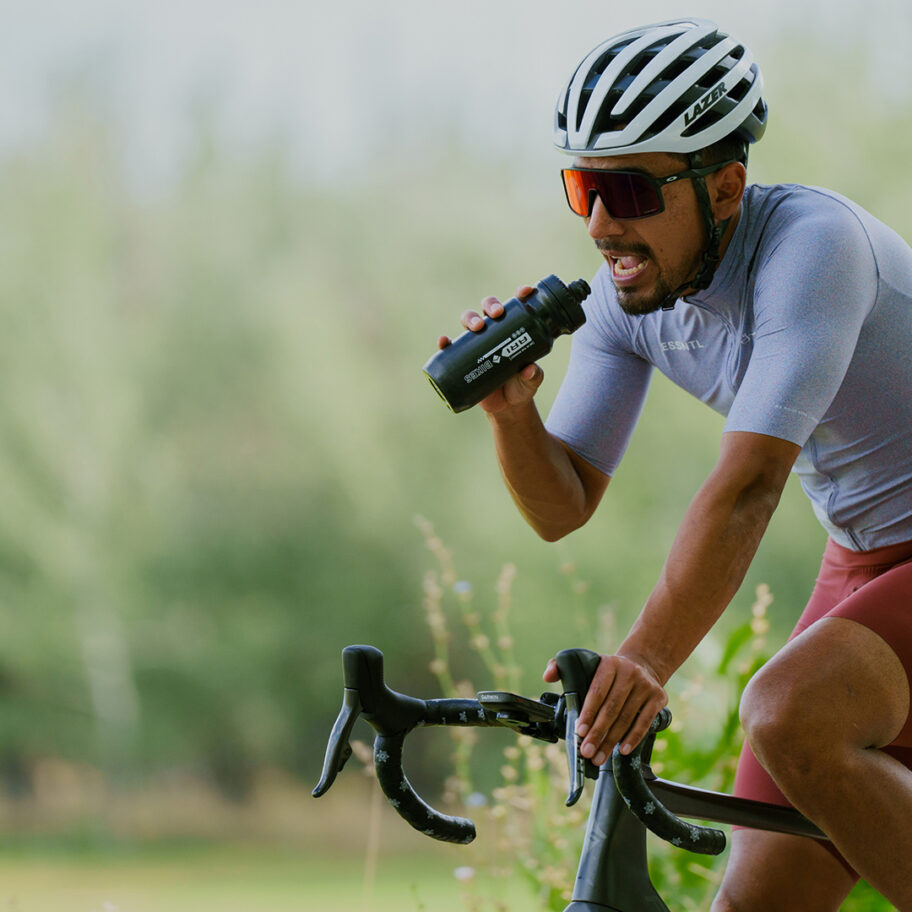
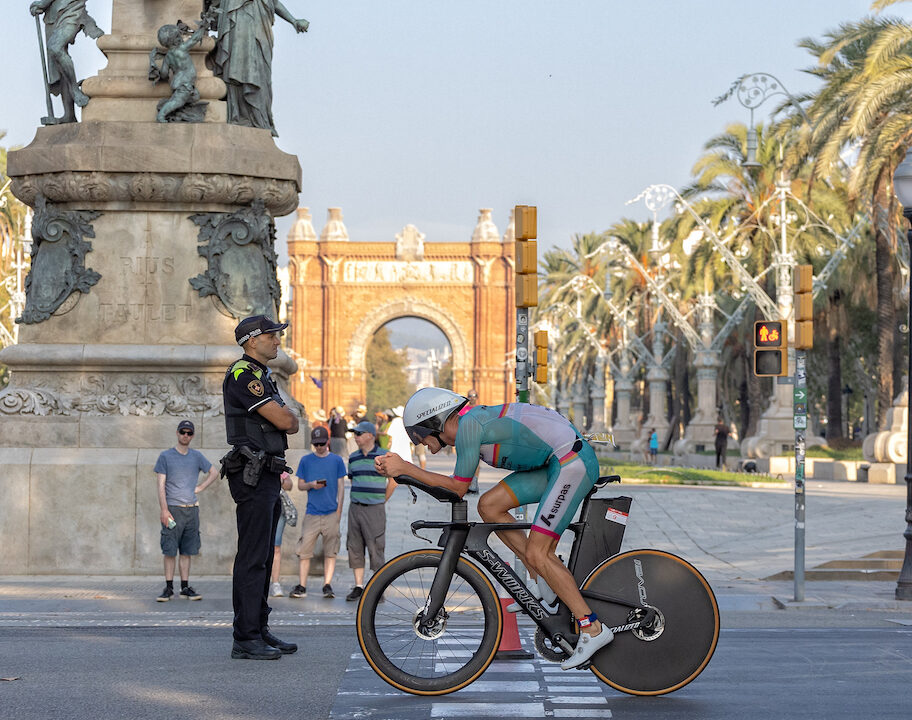
![Caroline Livesey wins the first ever Scottish National Gravel Championships in August 2025. [Photo credit: Outsider Events]](https://www.tri247.com/wp-content/uploads/2025/11/Caroline-Livesey-scots-national1.jpg)
